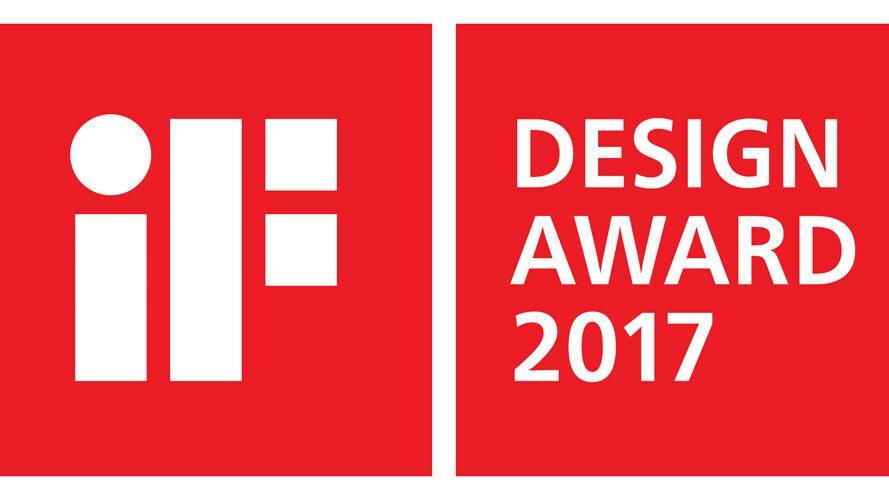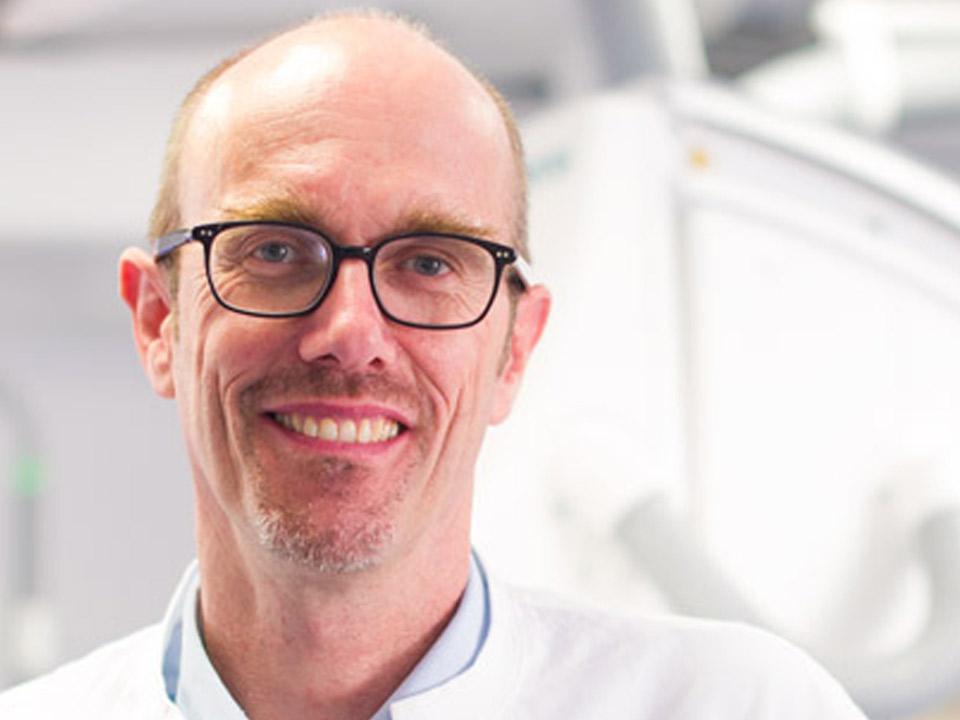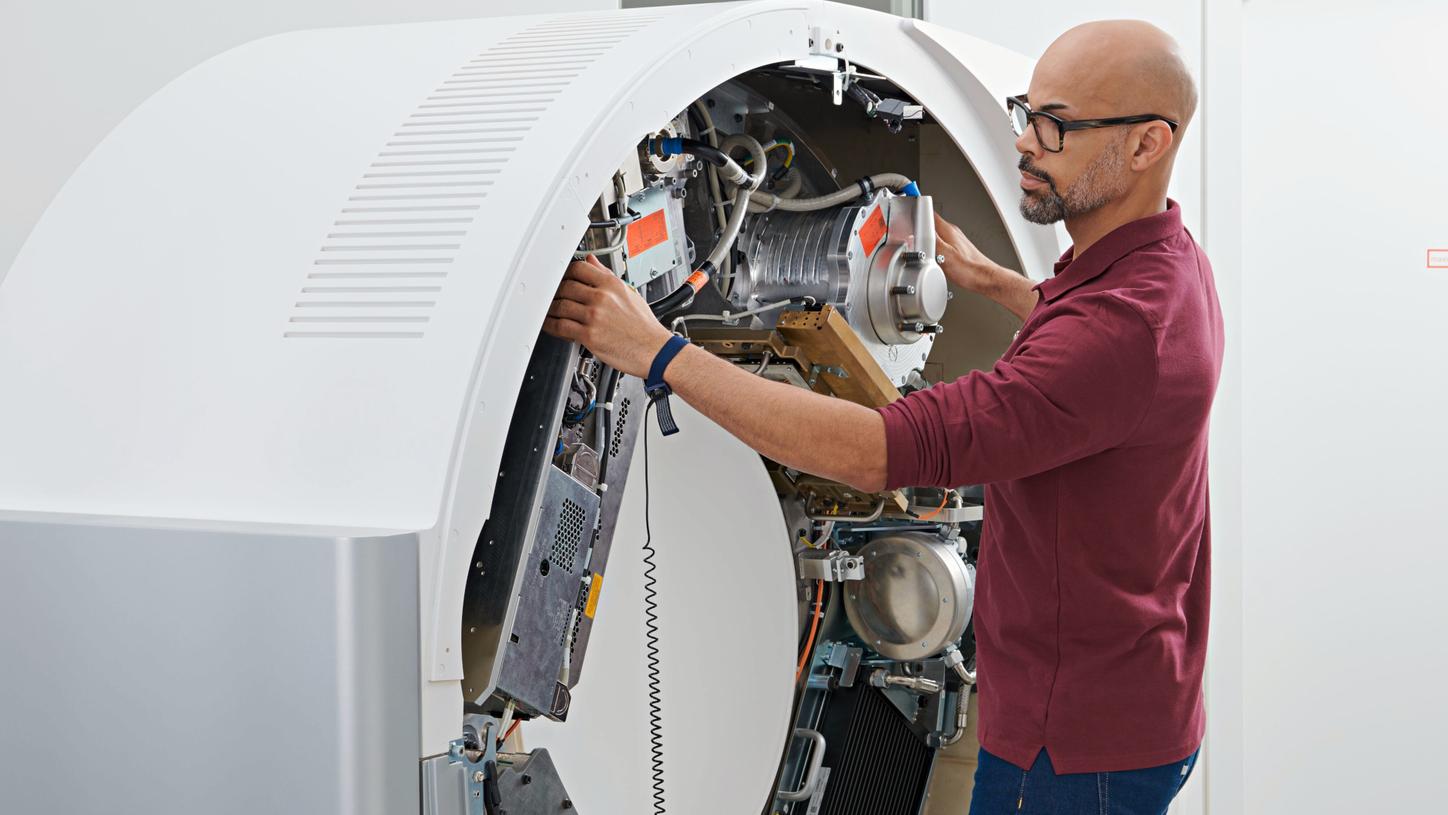ARTIS phenoCutting-edge robotic imaging system for multiple surgical and interventional procedures
ARTIS pheno robotic C-arm meets the diverse challenges of today's interventional and surgical procedures:
- Benefit from our experience with over 1,350 Hybrid OR and interventional radiology suite installations worldwide
- Profit from a versatile system that is ready for current and future demands
- Advance your case mix in your hybrid operating room or interventional radiology suite



Benefits
ARTIS pheno is a versatile system for your Hybrid OR and interventional suite
- Robotic technology with 9 degrees of freedom
- Wide-space C-arm offering sufficient room
- Flexible isocenter for adjustable working height in 2D imaging
- 3rd party surgical integration enables procedure specific patient positioning
Discover the range of possibilities supported by ARTIS pheno – whether performing standard or complex surgical or interventional procedures, like:
- EVAR, TAVI, iVATS, Deep Brain Stimulation (DBS)
Iliosacral Screw Fixation, Spinal Fusion
Aneurysm Treatments
TACE, PAE, and Laparoscopic Liver Surgery
Needle Procedures, Radiofrequency Ablation
Procedural intelligence for image-guided surgery and interventional radiology:
- Case Flows allow surgical and interventional imaging with fewer manual steps
- Intelligent analysis of preoperative datasets
- Constant image quality (CNR based) supporting ALARA dose with OPTIQ and Structure Scout
With a system designed with infection control in mind:
- Comprehensive cleaning concept
- Smooth and spill-sealed surfaces
- Quick and easy draping
Sufficient space to navigate complex setups
- Free space of 95.5 cm1
- Facilitates imaging in steep angulations
- Suitable for procedures requiring large instruments and devices
- Good access to for the surgical or interventional team
syngo DynaCT Large Volume and syngo DynaCT 360 can visualize large anatomical areas
- Spine: Height of up to 23.5 cm (9.3”)
- Thorax, abdomen: Diameter of up to 43 cm (16.9”)2
Evidence
What your peers are saying
Product and Customer Videos
Case Studies & Publications
Thoracic Surgery
Image-guided video-assisted thoracoscopic surgery with Artis Pheno for pulmonary nodule resection J. Thoracic Surgery, 2020
Ya-Fu Cheng, Heng-Chung Chen, Pei-Cing Ke, Wei-Heng Hung, Ching-Yuan Cheng, Ching-Hsiung Lin, Bing-Yen Wang
See more
Neurosurgery
Diagnostic performance of intraoperative cone beam computed tomography compared with postoperative magnetic resonance imaging for detecting hemorrhagic transformation after endovascular treatment following large vessel occlusion Journal of Stroke, 2022
Naoki Kato, Katharina Otani, Yukiko Abe, Tomonobu Kodama, Toshihiro Ishibashi, Yuichi Murayama
See more
Intraoperative cone-beam CT with metal artifact reduction for assessment of the electrode position and the intracranial structures during deep brain stimulation procedure Acta Neurochirurgica, 2022
Toshinari Kawasaki, Takayuki Kikuchi, Katharina Otani, Yuto Mitsuno, Yukihiro Yamao, Nobukatsu Sawamoto, Ryosuke Takahashi, Susumu Miyamoto
See more
Spine Surgery
Generating patient‐matched 3D‐printed pedicle screw and laminectomy drill guides from Cone Beam CT images: Studies in ovine and porcine cadavers Medical Physics, 2022
Andrew Kanawati, Alex Constantinidis, Zoe Williams, Ricky O'Brien, Tess Reynolds
See more
TIPS Procedure
syngo DynaCT 360 with intravenous injection to evaluate portal vein patency in TIPS procedure: A study protocol
Ulf Teichgräber, MD, Renè Aschenbach, MD, Jena University Hospital, Germany
See more (pdf)
TIPS Procedure with syngo DynaCT High Speed
syngo DynaCT High Speed: Targeting portal vein with reduced radiation exposure. Use of Cone-Beam Computed Tomography (CBCT) for Targeting the Portal Vein in Transjugular Intrahepatic Portosystemic Shunt (TIPS) Procedures: Comparison of Low-Dose with Standard-Dose CBCT
University Hospital Tuebingen, Germany. Estler A, Nikolaou K, Hoffmann R, Herrmann J, Grosse U, Ketelsen D, Seith F, Artzner C, Grözinger G. Iran J Radiol. 2021 July; 18(3):e111704.
See more
Embolization - TACE
syngo DynaCT for post lipiodol-embolization imaging in TACE. Value of Latest-generation Cone-beam Computed Tomography for Post Lipiodol-embolization Imaging in Hepatic Transarterial Chemoembolization in Comparison with Multi-detector Computed Tomography
University Hospital Frankfurt. Leona S. Alizadeh, MD, Vitali Koch, MD, Thomas J. Vogl, et al. Acad Radiol 2021.
See more
Technical Details
Product Specifications
Installation
Floor-mounted to keep the ceiling free
Minimum technical room size
35m² (377 ft²)
Robotic C-arm
9 axes for positioning of the C-arm, SID lift and Detector + Collimator rotation
Wide space C-arm
130 cm (51") SID and 95.5 cm (37.5") usable clearance for easy patient access and C-arm positioning
Intraprocedural 3D imaging position
Head side and lateral
Working height
Flexible isocenter7 104 cm (40.95") - 150 cm (59.1")
Max. 3D volume size (diameter x height)
43 cm x 17.5 cm (17" x 7.9") or 32 cm x 23.5 cm (13" x 9.3")
Detector
30 x 40 detector
Recommended room size
>= 68 m2 (732 ft2)
Downloads

|
DownloadServices
Clinical images courtesy of University Hospital Ulm, Germany (left) and Jikei University, Tokyo, Japan (right).




























